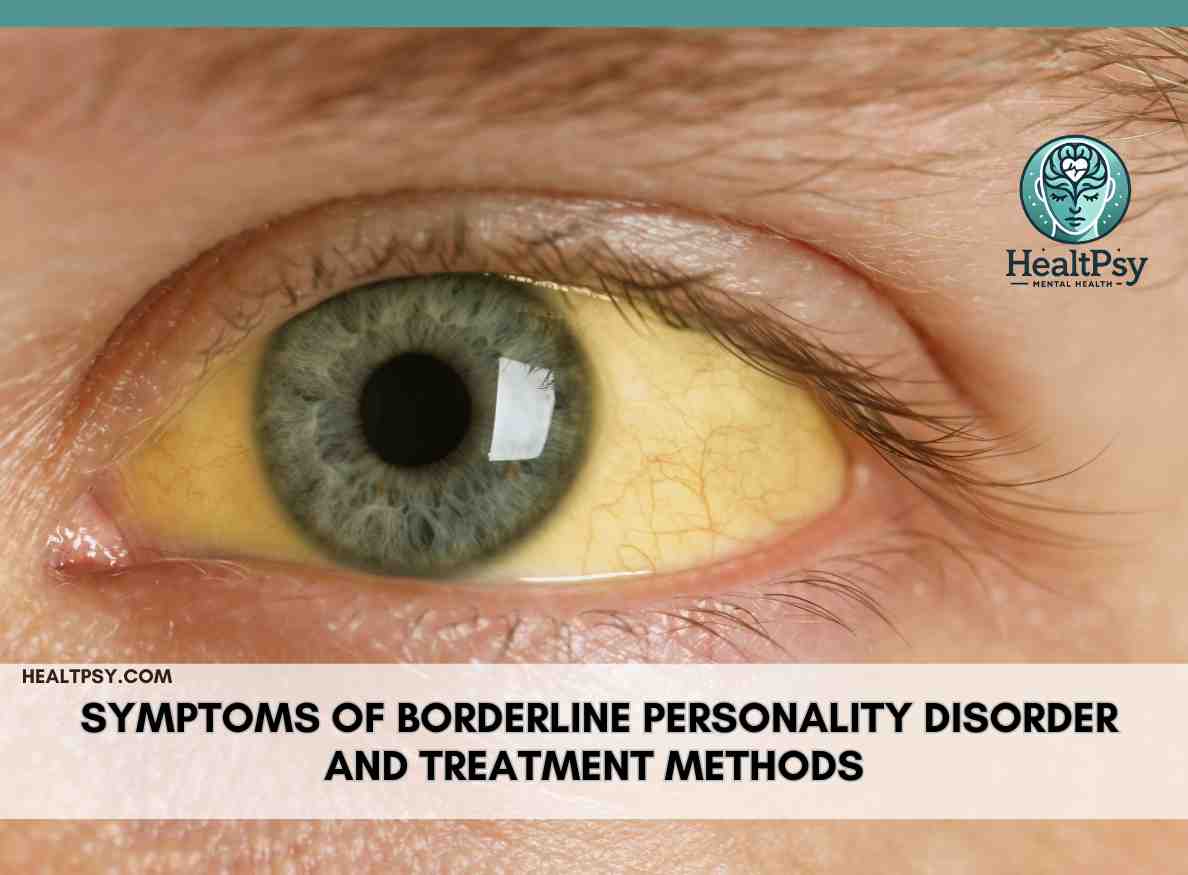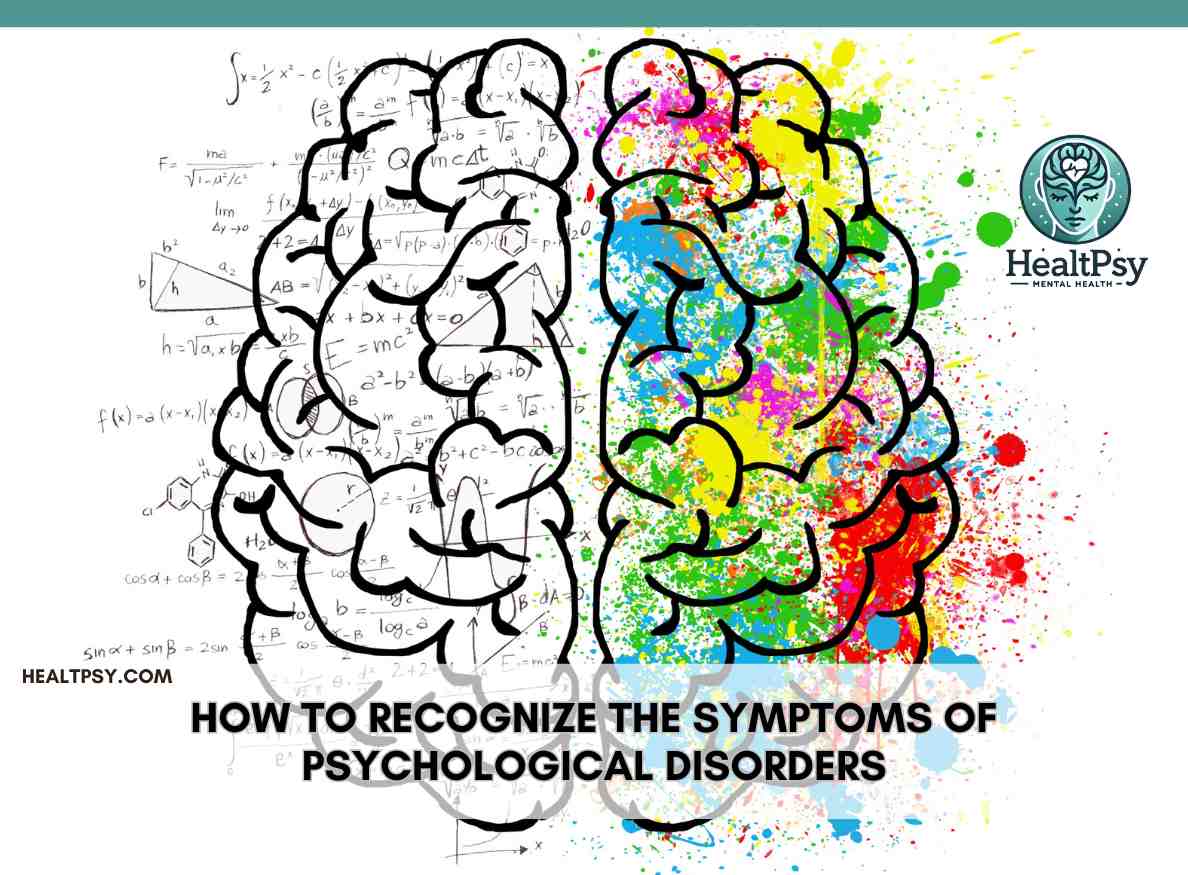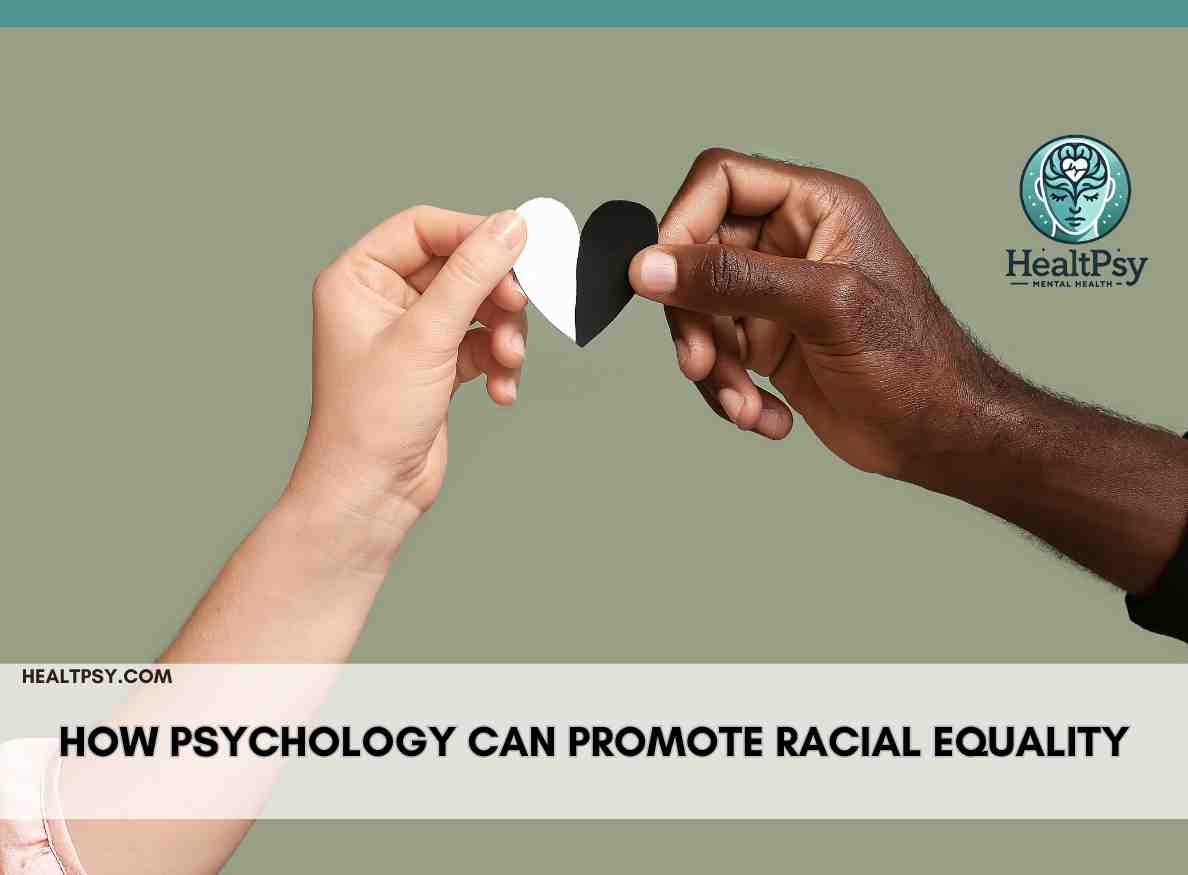7 Key Symptoms of Borderline Personality Disorder and Best Treatment Methods
Introduction
Borderline Personality Disorder (BPD) is a complex mental health condition that affects emotions, relationships, and behavior. Individuals with BPD often experience intense emotional instability, difficulty in interpersonal relationships, and impulsive actions. Understanding the symptoms and available treatment options is essential for early intervention and effective management.
For more details on personality disorders, visit the National Institute of Mental Health (DoFollow).
Understanding Borderline Personality Disorder
BPD is characterized by emotional dysregulation, unstable self-image, and extreme sensitivity to perceived rejection or abandonment. The disorder often manifests in early adulthood and can significantly impact personal and professional life.
Learn more about managing mental health in our guide on How to Maintain Mental Health.
7 Key Symptoms of Borderline Personality Disorder
BPD symptoms can be categorized into emotional, behavioral, cognitive, and interpersonal symptoms.
1. Emotional Symptoms
- Intense mood swings that last for a few hours to a few days
- Chronic feelings of emptiness
- Inappropriate, intense anger or difficulty controlling anger
- Extreme fear of abandonment, whether real or imagined
2. Behavioral Symptoms
- Impulsive behaviors such as excessive spending, reckless driving, substance abuse, or binge eating
- Self-harming behaviors, including cutting or burning
- Suicidal thoughts or repeated suicide attempts
- Sudden changes in interests, goals, and self-identity
3. Cognitive Symptoms
- Persistent paranoia or dissociation, especially in stressful situations
- Unstable self-image, leading to rapid changes in career, values, and friendships
- Black-and-white thinking, where situations or people are perceived as all good or all bad
4. Interpersonal Symptoms
- Difficulty maintaining stable relationships due to fear of abandonment
- Idealizing and devaluing others in relationships (splitting)
- Intense but short-lived relationships that often end in conflict
For more insights into emotional distress, check our article on The Impact of Mental Health on Daily Life.
Causes and Risk Factors
BPD is believed to develop due to a combination of genetic, environmental, and neurological factors.
5. Genetic Factors
Studies suggest that individuals with a family history of BPD or other mental health disorders may have a higher risk of developing the condition.
6. Environmental Factors
- Childhood trauma, including physical or emotional abuse
- Unstable or neglectful parenting
- Exposure to prolonged stress or violence
7. Neurological Factors
Research indicates that individuals with BPD have structural and functional abnormalities in brain regions responsible for emotional regulation and impulse control.
Diagnosing Borderline Personality Disorder
Diagnosing BPD requires a comprehensive psychiatric evaluation. Mental health professionals assess symptoms, medical history, and behavioral patterns to differentiate BPD from other mental health disorders, such as bipolar disorder or post-traumatic stress disorder (PTSD).
Treatment Methods for Borderline Personality Disorder
Although BPD is a challenging condition, various treatment approaches can help individuals manage symptoms and improve their quality of life.
Psychotherapy
Psychotherapy is the primary treatment for BPD. Several evidence-based therapeutic approaches are effective in managing symptoms.
Dialectical Behavior Therapy (DBT)
DBT is a specialized form of cognitive-behavioral therapy (CBT) designed for individuals with BPD. It helps patients develop skills to regulate emotions, tolerate distress, improve relationships, and practice mindfulness.
Cognitive Behavioral Therapy (CBT)
CBT helps individuals identify and challenge negative thought patterns, develop coping mechanisms, and manage impulsive behaviors.
Mentalization-Based Therapy (MBT)
MBT focuses on improving an individual’s ability to understand their own and others’ thoughts and emotions, reducing emotional instability.
Medication
While no medication specifically treats BPD, certain medications can help alleviate associated symptoms such as depression, anxiety, or mood swings. These include:
- Antidepressants (e.g., SSRIs)
- Mood stabilizers
- Antipsychotic medications for severe symptoms
For more insights into managing stress, check out our guide on Managing Depression: Symptoms, Causes, and Treatment.
Lifestyle and Self-Care Strategies
In addition to professional treatment, self-care practices can help manage BPD symptoms effectively.
Mindfulness and Meditation
Practicing mindfulness techniques can improve emotional regulation and reduce impulsive reactions.
Regular Physical Activity
Engaging in regular exercise, such as yoga or walking, helps reduce stress and enhances mood stability.
Building Healthy Relationships
Establishing stable and supportive relationships can provide emotional security and reduce fears of abandonment.
Supporting Someone with Borderline Personality Disorder
If you have a loved one with BPD, offering emotional support and encouragement can be crucial for their recovery.
Tips for Supporting a Loved One
- Encourage them to seek professional help
- Set healthy boundaries in your relationship
- Educate yourself about BPD to understand their experiences
- Practice patience and avoid reacting emotionally to intense situations
Conclusion
Borderline Personality Disorder is a challenging mental health condition that requires a multifaceted approach to treatment. Early diagnosis, psychotherapy, medication, and self-care strategies can help individuals manage their symptoms and improve their overall well-being. If you or someone you know is struggling with BPD, seeking professional guidance can lead to effective treatment and a better quality of life.
For more mental health resources, visit our comprehensive guide on How to Maintain Mental Health.
you might also like





